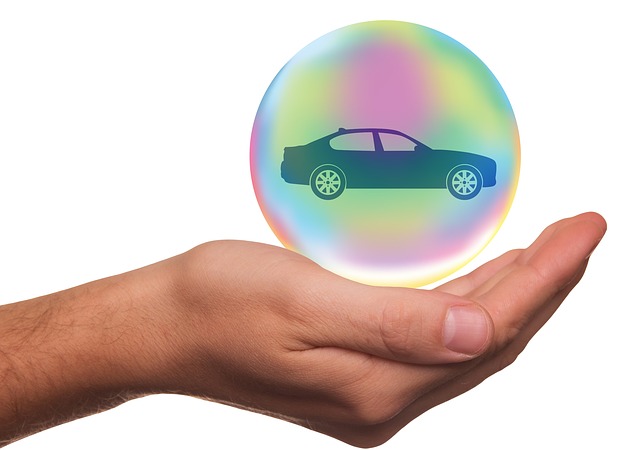Keeping your car and everyone commuting in it safe in case of an accident can be a hefty load to bear. However, if you can take insurance cover and get the risk of damages or injuries covered, then you may have the better choice to go for at your disposal. This is not a cheap remedy though, but its benefits when the unexpected strikes far outweigh the costs. Auto insurance is a good way to keep your car insured against risks.
What is Auto Insurance?
Simply put, auto insurance is a safety net. It is a contract that you have with an insurance company in which you agree to pay a premium, and in the event of an accident, the company agrees to pay for your covered damages, as outlined in your specific insurance auto policy.
It is important to familiarize yourself with the terms ‘premium’ and ‘deductible’ when shopping for auto insurance.
 An insurance premium is the amount of money your insurance company charges you for a certain policy.
An insurance premium is the amount of money your insurance company charges you for a certain policy.
Your deductible is the amount of money that you are responsible for paying when damages occur as the result of an accident.
If you are responsible for causing an accident or damage to other vehicles, your insurance generally covers the costs of repairs, legal fees and medical coverage for those who suffered injuries in the accident. Insurance policies also cover costs incurred when your car is stolen or vandalized.
Sourced From: http://www.21st.com/auto-insurance-information/what-is-auto-insurance.htm
High risk driving is a problem with many drivers on the road, who may ram into another vehicle or pedestrian anytime. Keeping such a driver insured seems to be the only way out in making sure you do not stand to lose anything just in case hell broke loses.
What is a High-Risk Driver?
A high-risk driver is someone who, due to a combination of factors, presents a high likelihood of having an at-fault accident compared to the other drivers on the road. High-risk drivers usually have more than one factor that has led to this label. Some of these include being a new driver, having multiple tickets or accidents, or having a combination of tickets and accidents. Violations such as impaired driving and other serious infractions can quickly lead to a high-risk label.
Insurance for High Risk Drivers
It is not uncommon for standard insurance companies to refuse to provide a car insurance policy to a high-risk driver. Even if you have been with the same company for many years, the level of risk may lead to a non-renewal of the policy. When faced with the inability to qualify for a standard policy, high-risk drivers can turn to specialty auto insurance companies for coverage.
Saving on High-Risk Insurance
By its nature, high-risk insurance costs more than a standard policy. Because the risk of a claim is higher, the insurance company must spread some of the risk and increase the cost of premiums. This does not mean there is no way to save on insurance if you are a high-risk driver; it’s just a little more difficult.
Sourced From: https://www.insurancehotline.com/auto-insurance-tips-for-high-risk-drivers/
A lapse in an insurance cover not only keeps you in the line of the wrath of the law, but it is also a risky and costly occurrence which may be detrimental if anything happened within its window. This is a time when you are not under any insurance cover, which means you are bound to incur tremendous loses if your car got involved in an accident while you are not covered again.
A lapse in car insurance coverage means you own a vehicle that no longer has the state-required minimum coverage limits.
The auto insurance industry considers the lapse period to be from the time your coverage stops until:
You get new car insurance coverage (or your coverage is reinstated).
You surrender your vehicle plates.
Your vehicle registration expires.
Offer proof that your vehicle no longer requires car insurance (e.g., paperwork showing that it was repossessed).
You’ve purchased the minimum coverage limits in your new state (if you’ve moved).
Common Reasons for Coverage Lapses
Drivers who suffer a lapse often do so because of a cancellation of their car insurance policy due to:
Nonpayment of premium.
Late payment.
Failure to renew.
Excessive traffic violations or serious accidents.
Sourced From: http://www.dmv.org/insurance/what-to-do-if-your-auto-insurance-policy-lapses.php





